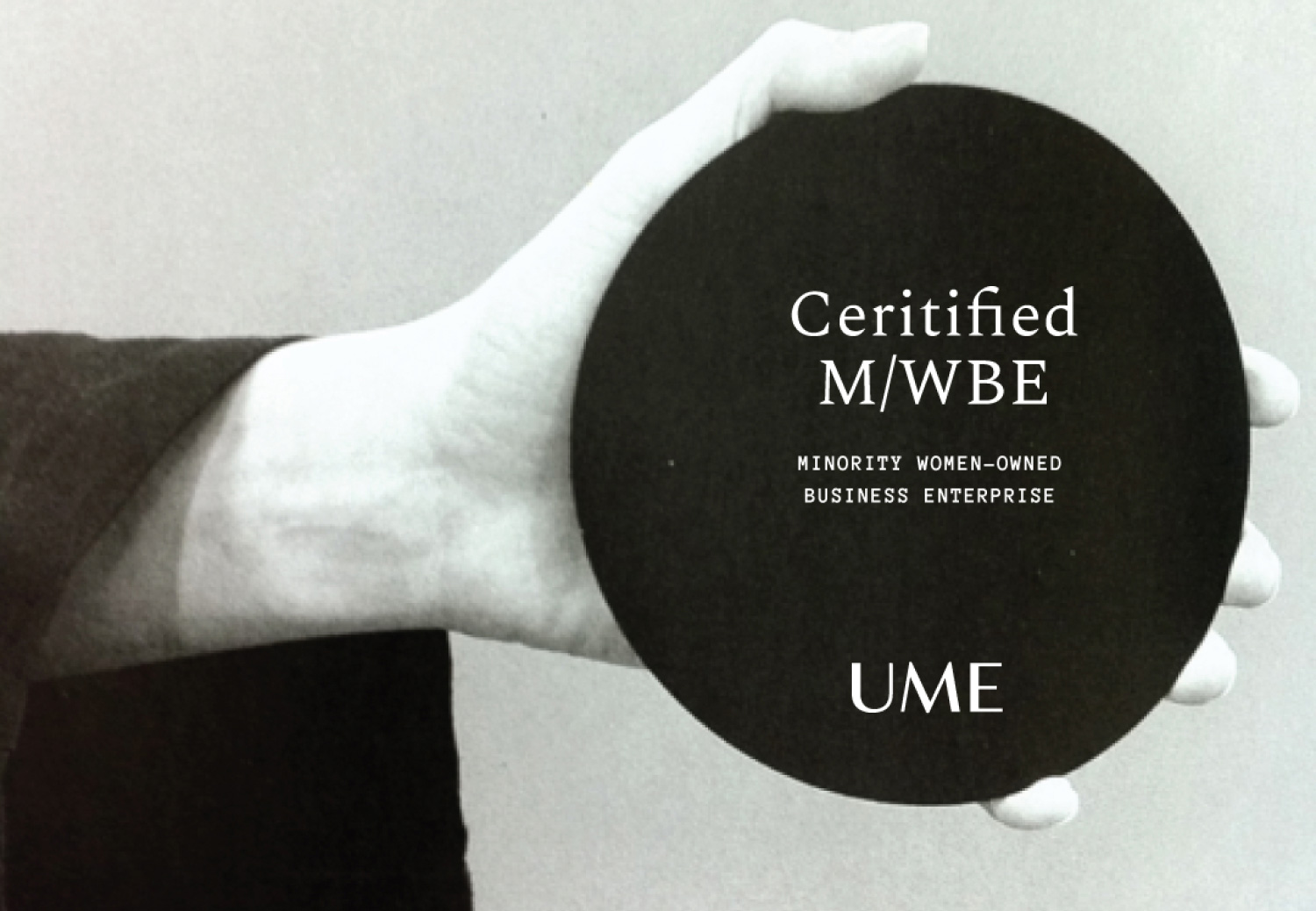Why Embracing Conflict Is Key To Innovation
Jee Chang is the Founder and Leadership Director of UME, an inside-out design consultancy working with innovators to build the new economy.
Let’s face it: Most people don’t like conflict. To many, it’s uncomfortable, it's bad news or it feels like the beginning of the end of a relationship.
But what if conflict can actually be a good thing?
Without regular disagreement, teams can easily fall into delivering good-enough work that merely meets the status quo. If you want to harness the power of diverse teams and generate truly groundbreaking solutions, you and your employees need to question accepted norms, challenge one another’s thinking and push beyond your comfort zones.
Here are a few reasons why I've found leaning into friction is essential to problem-solving, the creative process and the business itself.
Leaning into friction can help save time and energy.
Don’t rock the boat.” “We’re almost there.” “We’re already over hours.”
When friction shows up at work, it can be tempting to sweep it under the rug with one of the above phrases. However, this only limits you in the long run.
For example, a client might not click with your team. It’s unpleasant, but it happens. If you push forward anyway without pausing to acknowledge the tension and explore what it’s about, you'll be avoiding the truth and leaving things unsaid. I've found that this, in turn, can zap inspiration, make your team less productive, ensure more unsatisfying work and even jeopardize the relationship.
Addressing friction, on the other hand, might actually save your energy in the long run. By getting under the surface of misalignment, you’ll be able to start co-creating a solution that works for everyone.
Leaning into friction can improve the quality of the work.
Diverse teams and perspectives are critical to design thinking. When you bring people with different backgrounds together in a psychologically safe work environment, there will be disagreement. Only here, that disagreement is by design.
Disagreement is how you hone your work. By making, unmaking and remaking together, you can tap into your team's collective wisdom. Every team member and client partner brings different, equally valuable perspectives to the table. As a leader, it’s your responsibility to invite friction into the creative process so your work can mature from "good enough" to truly great. Exploring friction allows for new discoveries—and leads to real, tangible impact.
Leaning into friction can build meaningful relationships.
I believe a healthy relationship is determined by its capacity to weather friction and come out stronger on the other side. By embracing friction at work, you can demonstrate your commitment to both teammates and clients, as well as build trust and pave a better path forward for everyone involved.
Within teams, welcoming friction gives diverse creative professionals a chance to voice divergent perspectives and feel heard by peers. After all, inclusion does not mean that we all get along. Inclusion means that we can show up as our full, unique, against-the-grain selves and still belong.
In long-term client relationships, embracing friction shows people that you actually care about their perspective. Instead of taking the easy road, you allow friction to guide you toward previously unnamed challenges and explore solutions together. Here, leaning into friction is a sign of respect.
How can you embrace discomfort?
Here are five actionable strategies for embracing discomfort at work:
1. Shift your mindset.
Instead of viewing friction as negative, redefine it as an essential tool for problem-solving, innovation and building healthy and productive professional relationships. Tension is inevitable, and it gives you the opportunity to learn and grow together.
2. Name the friction.
Acknowledging discomfort is a critical first step. To clear the air, you might say:
- “I’m sensing a bit of frustration/tension. Are you?”
- “Can you help me understand your experience?”
- “The story I’m telling myself is [insert story]. Can you tell me yours?"
3. Listen with your whole body.
Seek first to understand. Welcome feedback, listen fully and stay curious. Ask questions to discover the root of the problem. Experiencing criticism can be daunting, but it's a sign the person feels safe enough to engage and is invested in your relationship. If you start to feel overwhelmed or upset, tune into your physical body and let those sensations keep you grounded.
4. Focus on the challenge.
To keep the conversation productive, focus on the challenge you are both experiencing, rather than placing blame. Study what’s not working with curiosity. Own your role in the dynamic, and have empathy for everyone, including yourself.
5. Stay open-minded to the solution.
When you allow others to shape the direction of the work, you might be surprised by where you land. Unexpected pathways can be good. In my experience, they often lead to new, innovative ideas that might not have been discovered otherwise.
Friction is your friend, not foe.
The next time you sense tension during the creative process, remember that friction is your friend. So go ahead: Invite team members to poke holes in your solutions. When you sense client dissatisfaction, take the lead by identifying potential problems in your work and offering to create something new. Together, these actions will lead to better solutions—and a healthier, truly inclusive culture that propels your company forward.
Follow me on LinkedIn. Check out my website.







